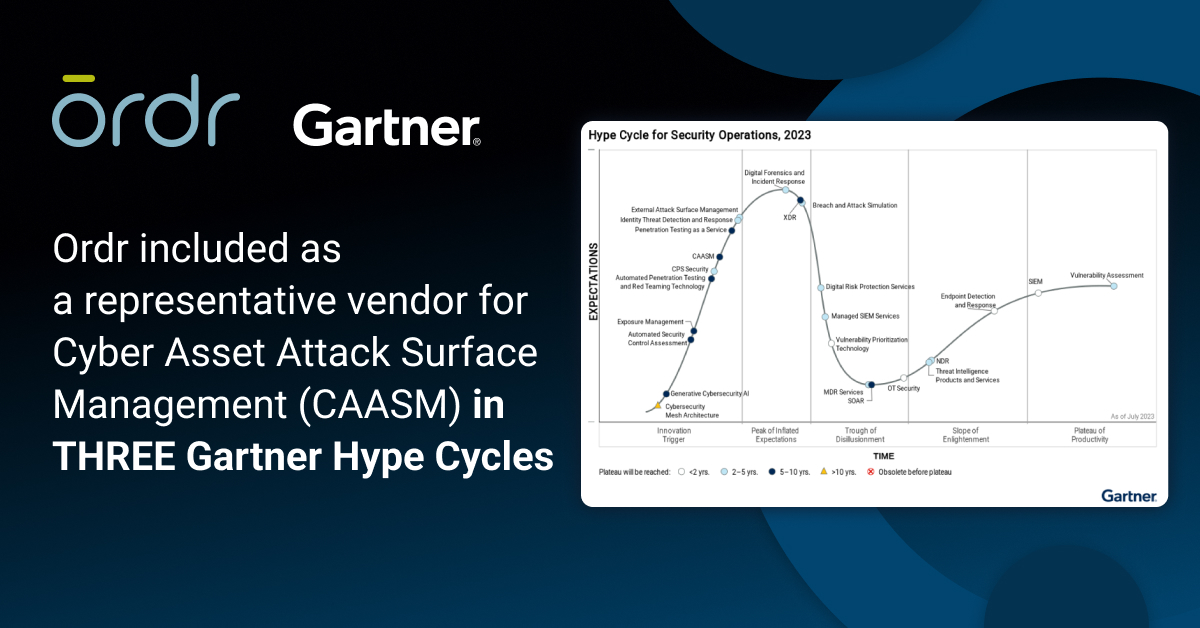The Six Levels of Control
Aristotle, born in 384 BC, had some specific thoughts on how to formulate dramatic stories that have lasted to this day. Screenwriters still rely on its basic framework. In “Poetics”, Aristotle wrote that drama has to include a simple structure where there is always a beginning, a middle, and an end tied together with a unity of theme and purpose. Aristotle’s “Poetics” discusses further how there are six elements for a drama to be cohesive and coherent. There is a plot, character, thought, diction, music, and spectacle. A compelling story, an interesting hero, a theme, the tone, clear music and something memorable to tie it all together, it’s a formula that has stood the test of time.
Similarly, we see security in a proactive and holistic framework with six elements, in this case, six levels of control. It’s a cohesive framework which ties everything together it’s comprehensive and it ties everything together. Our six levels of control include Devices, Vulnerability, Network, Behavior, External Communications, and Application & User Control. Taken by each element alone there is some value but it’s the overall cohesiveness that makes for unity when it comes to proactive protection. Here’s our take on the six elements of control:
Device Control
First off is device control. Before we implement any security measure it helps to know exactly what we have. Hospitals with all the equipment and devices oftentimes might not really have full visibility into all their assets. Some medical systems go through mergers or divestitures and its often difficult to find all the equipment, let alone which infusion pump or MRI machine is being utilized or not.
At Ordr we do device visibility comprehensively, getting all the nitty-gritty details such as the make, model, serial number and modalities of all the assets connected to the network. Once the data is collected, it’s important to know where the devices are actually connected and we can pinpoint the exact location and even the port to where something is plugged in.
Vulnerability Control
Unpatched software and outdated operating systems can leave you vulnerable and we can tell you exactly what device needs upgrading or patching. Sometimes equipment or devices may be hiding somewhere but if it does end up being connected and starts communicating with the network, we will see it and let you know.
The problem with software versions is that there are so many upgrades to keep track of. Lingering old Windows 7 machines can be a problem since its no longer supported and we can tell you exactly which machines you need to keep track of. When we find these Windows 7 devices, we can segment it and keep its traffic within its own zone away from the regular traffic.
Network Control
The boundaries for many hospital networks are now blurred and stationary perimeter firewall protecting us from all attacks is no longer the rule. Malware can be downloaded to many devices often unintentionally by remote or telecommuting workers and damage can occur when someone reconnects to the corporate network.
Malware, once it gets in, is often programmed to perform reconnaissance and to understand devices that are near its proximity so that it can spread. This unusual side to side movement in the network is what you need to stop and contain right away before it does any harm.
Behavior Control
I’m not a psychiatrist but I know abnormal behavior when I see it. Likewise in a hospital, we know what each and every medical device should be doing and how they should act. Whether its sending images and video streams to the video servers at the data center for a camera for example or an MRI machine being accessed by lab technicians at specific times.
If there is any deviation from normal behavior, we can sound the alert. And it’s not just the changes from the daily routine that we can see, our engine can monitor how each device acts in a normal setting relative to its peer group. A thermostat talking to the finance department, that should not happen. Some traffic flow trying to disable security controls or install rootkits? We will shut it down.
External Communications Control
Traffic to certain countries should raise alarms. If someone clicks a URL and there is traffic flow to Iran, Syria, or North Korea, there could be trouble brewing and it’s something you need to know about right away. Even within the U.S., there might be well-intended sites but it can be a trap for ransomware. Now going to a different country, that is fine its just specific suspicious ones that we block proactively.
A fortified firewall is one thing but with so many RDP sessions, many of which are not closed after a remote session, and with no one actively monitoring all these sessions, a corporation can be left unprotected. As a remedy, we work hand in hand with existing firewalls as we make the firewall even smarter by providing the context behind each IP traffic, understanding what the device is and what it is doing when it ventures out to an external website. Policy updates are written automatically to that firewall, providing security managers the added peace of mind.
Application and User control
There are supervisory command applications such as Telnet, FTP, SSH, SNMP, and others. As an example, SSH works by enabling secure system administration and file transfers over insecure networks. Uses encryption to secure the connection between a client and a server. All user authentication, commands, outputs, and file transfers are encrypted to protect against attacks in the network. SSH and other command applications are used to operate and debug and fix things and we can help you keep track of all these sessions.
Understanding applications is one thing but what’s also important is to understand the flow and what is actually happening within the session. If there is a regular port 22 session with a known device that is fine but we proactively ring the alarm if the SSH session is coming from a different or even worse an unknown un-authorized person. Since plain text authentication can be readily stolen and be used to extricate massive amounts of sensitive data, we can alert you right away if there is any use of an insecure protocol and/or any extraction of any data. We can further add controls to only those who are allowed to access the data.
Proactive and Comprehensive Security, Aristotle will be Proud
At Ordr we take a holistic view of security understanding the granular details of control and having a system that learns and adapts. “We are what we repeatedly do. Excellence, then, is not an act, but a habit” said, Aristotle. Devices, Vulnerability, Network, Behavior, External Communications, and Application & User Control it all fits together with the Ordr framework and this is what we do.
Thoughtful details of traffic sessions and flow genome are factored in our engine and we ingest more information every day repeatedly to make our system smarter as we strive for excellence. Take control with Ordr.
Interested in Learning More?
Subscribe today to stay informed and get regular updates from Ordr Cloud




